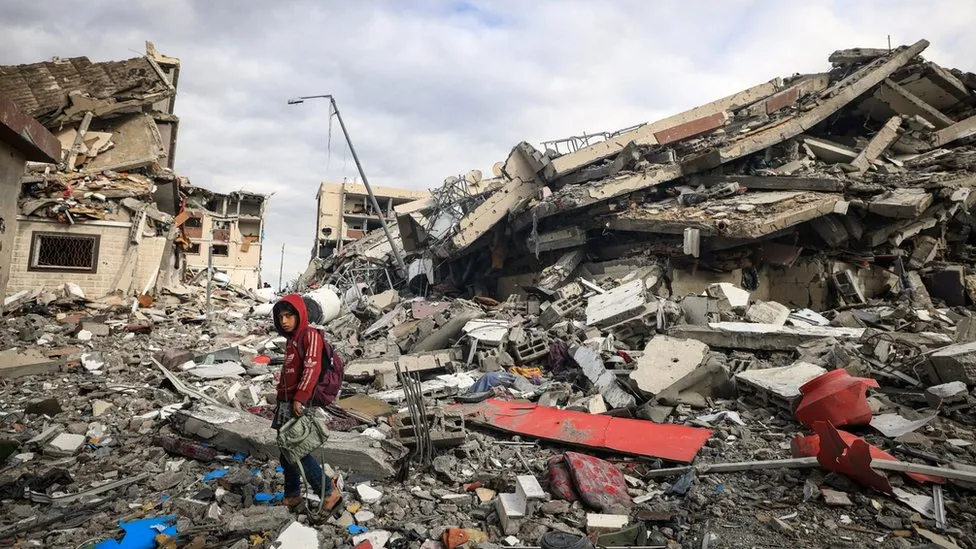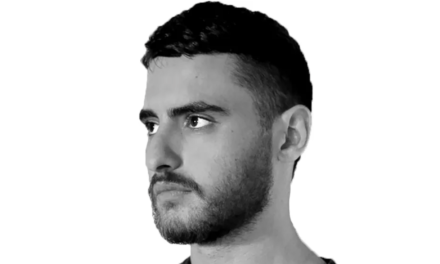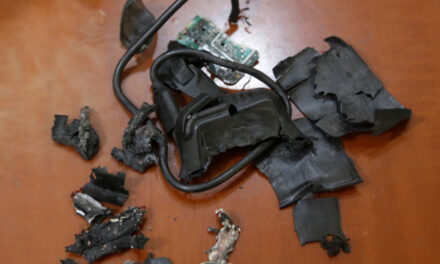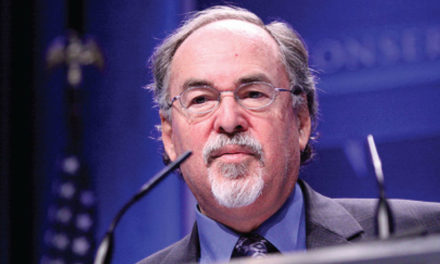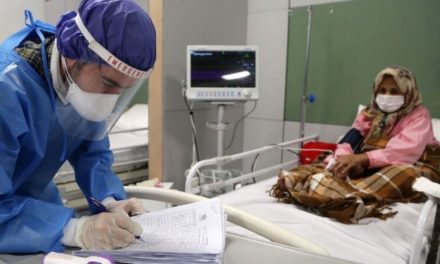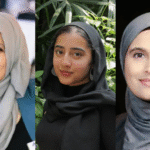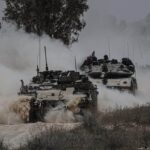As the truce in Gaza continues for a fifth day, aid agencies say more humanitarian assistance is needed.
Untreated diseases could eventually kill more people in Gaza than bombings if the health system is not restored, the World Health Organization says.
Diarrhoea and respiratory infections are widespread among children in overcrowded UN facilities where almost 1.1 million people are sheltering.
Patients with chronic illnesses like cancer are also receiving no treatment.
The warning comes as a truce between Israel and Hamas entered a fifth day, after a 48-hour extension was agreed.
The deal mediated by Qatar, Egypt and the United States should see an additional 20 Israeli women and children held hostage in Gaza being released in exchange for 60 Palestinian women and teenagers in Israeli prisons.
On Monday, 11 hostages and 33 prisoners were freed on the fourth and final day of the initial agreement, bringing the totals to 50 hostages and 150 prisoners released.
Nineteen foreign nationals, one of whom has Israeli citizenship, have also been handed over by Hamas under separate agreements.
Israel launched a military campaign in Gaza and imposed a siege in response to an unprecedented cross-border attack by Hamas gunmen on 7 October, in which at least 1,200 people were killed and about 240 others taken hostage.
Gaza’s Hamas-run government says more than 14,800 people have been killed in the territory since the war began.
The UN estimates that more than 1.8 million people in Gaza have fled their homes over the past seven weeks. About 60% of them are sheltering in 156 facilities belonging to the UN agency for Palestinian refugees, Unrwa.
WHO spokeswoman Dr Margaret Harris told a news conference in Geneva that an assessment of those shelters had found outbreaks of infectious diseases, with cases of diarrhoea among children aged five and older more than 100 times normal levels by early November.
No treatment is available for them, she said, without which infants in particular can deteriorate and die very quickly.
According to the UN, only five hospitals are partially operational in the north of Gaza, the area that has been the focus of the Israeli ground offensive.
Eight of the 11 hospitals are functional in the south, where the Israeli military has ordered civilians to flee. Only one of those hospitals has the capacity to treat critical trauma cases or perform complex surgery.
“Eventually, we will see more people dying from disease than we are even seeing from the bombardment if we are not able to put back [together] this health system,” Dr Harris warned.
Addressing journalists via video link from Gaza, Unicef spokesman James Elder reported seeing hospitals full of children with horrendous war wounds.
He described seeing one child missing part of his leg lying untreated on a hospital floor for several hours because of a lack of medical staff. Other injured children were lying in car parks and gardens outside, he said.

Watch: Gaza families live in tents with no winter clothing
Displaced children and their families are also suffering because of a lack of proper shelter and clothing to protect them from the rainy and cold weather currently in Gaza.
Over the first four days of the truce, 800 aid lorries entered Gaza, with some reaching the north, according to US officials. That is an increase in comparison to the preceding few days, but it is still just a fraction of the usual number.
The UN agencies say that in such conditions, a resumption in fighting should be unthinkable, they are calling again for a permanent ceasefire.
Israel’s prime minister has promised that its military will “go to realising our goals with full force” when the pause ends.
However, Qatar’s foreign ministry said on Tuesday that it would use the extension to seek a “sustainable truce that would lead to further negotiations and eventually an end… to this war”.
“We are working with what we have. And what we have right now is the provision to the agreement that allows us to extend days as long as Hamas is able to guarantee the release of at least 10 hostages,” spokesman Majed al-Ansari told reporters in Doha.
He added that mediators hoped to receive information from Hamas about the more than 150 Israelis and foreign nationals still being held hostage, who include children as young as 10 months old as well as a number of soldiers.
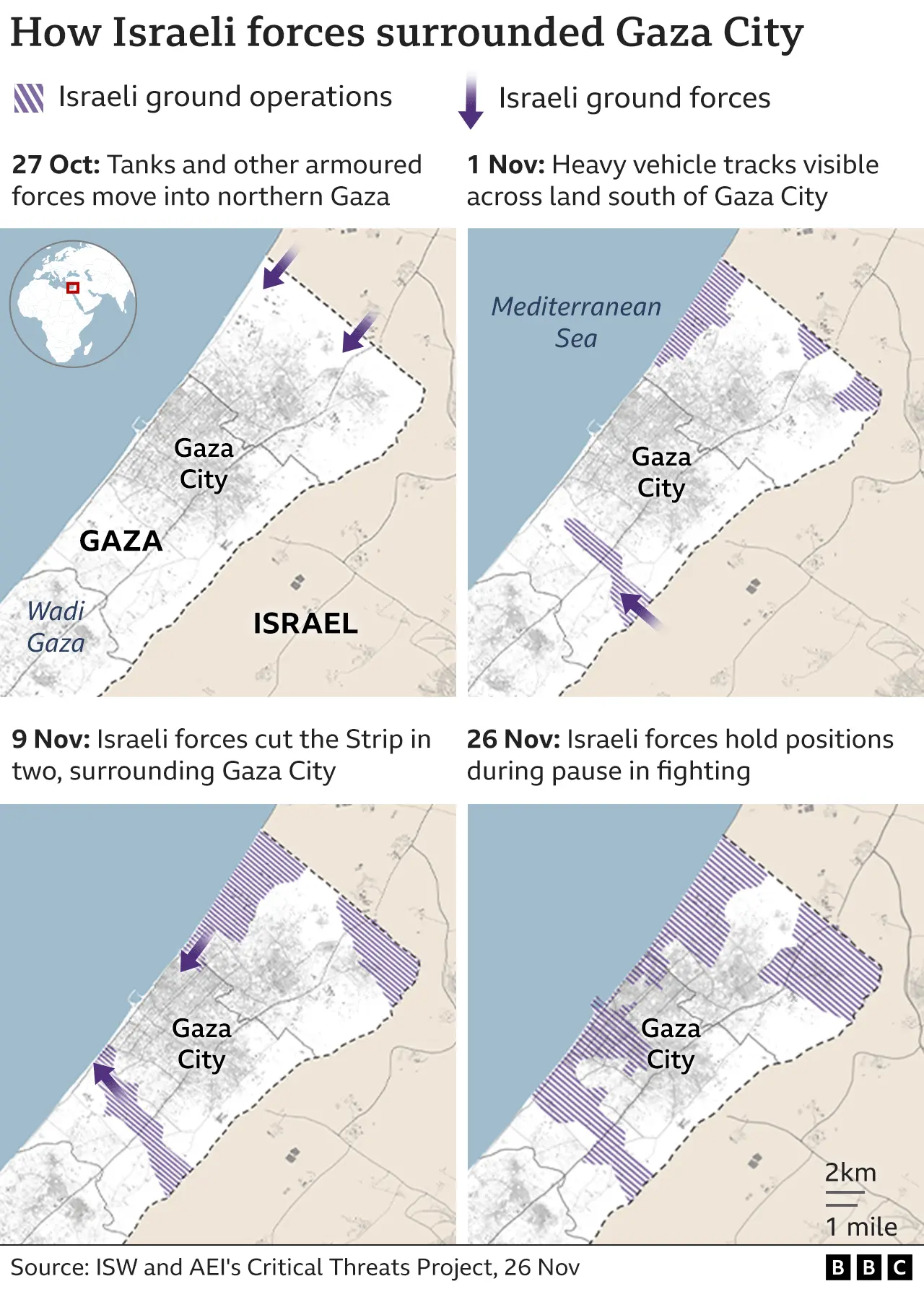
A senior Hamas source in Qatar told the BBC that not all of the civilian hostages were in its hands. Some were with smaller armed groups like Palestinian Islamic Jihad, which like Hamas is classed as a terrorist organisation by Israel, the UK and other Western powers.
According to the source, Hamas needs more time to collect information and contact people. Communication is very difficult because of the damage to the telecoms network and the shortage of fuel to power it.
Mr Ansari also said only “minimal breaches” of the truce had been reported.
But two hours after he spoke the Israeli military said three explosive devices had been detonated near its troops in two different locations in northern Gaza in violation of the agreement.
“In one of the locations, terrorists also opened fire at the troops, who responded with fire. A number of soldiers were lightly injured during the incidents,” it added.
Hamas’s military wing said there had been “friction” in the north and that its fighters had dealt with an “clear breach” of the truce deal by Israeli troops.
Gunfire and explosions were earlier reported in north-western Gaza City.
A local journalist told the BBC that dozens of displaced people were trying to return to their houses in the Sheikh Radwan area when they approached Israeli army positions, and that an Israeli tank and troops fired warning shots. One person was wounded and a building was hit by a shell, they said.
By David Gritten
